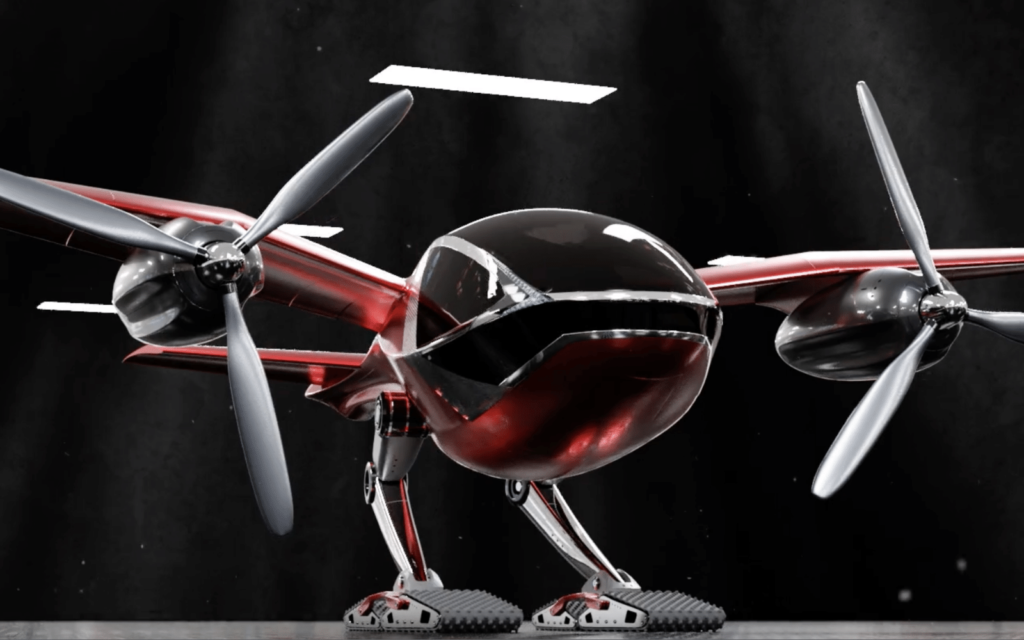Loads of companies are excited about the so-called urban air mobility space. To people who don’t invest for a living, that means ‘flying taxis’. Everyone from AirBus to NASA to Honda is playing in the space. It shouldn’t be surprising that Phractyl, a South African company you’ve probably never heard of, is also working on something.
The ‘something’ the company is developing is the Macrobat. And, as vertical takeoff and landing aircraft goes, it’s got one of the most expressive designs we’ve ever seen. It’s far more birdlike than other concepts we’ve seen, which basically try and turn a taxi into a plane. This one moves. It has life. Or, at least, that’s the plan.
Advanced Phractyl landscapes
The Phractyl Macrobat is quite an experimental craft. It relies on a new wing design that’s being kept a secret for the time being. The fancy bit of it is that it’ll generate lift at lower speeds, meaning you don’t have to zoom over the city at building-destroying velocity. Which should, in theory, make it safer to operate in urban areas.
It’ll also be fully electric and isn’t a VTOL craft in the same manner as, say, a helicopter is. Instead, it’s got an Electric Near-Vertical Take-Off and Landing (eNVTOL) design to it. This is the bit that makes it look like a sparrow about to take off from a parking lot. That, and the leg-like struts that also act as shock absorbers. Which tuck away during flight. Hang on, these folks are just trying to design an oversized propellor-driven bird, aren’t they?
An oversized propeller-drive bird that’s capable of 150km on a charge, however. The planned spec for Phractyl’s craft is 150km of range with a 150km payload. A top speed of 180km/h is also chalked in, as far as speeds go. And it’ll operate with or without a pilot. Just don’t say ‘drone’ to the project’s creators — they prefer “remotely piloted aircraft”.
As to where the project is right now, Stuff spoke to Phractyl’s Vivek Singh who told us that construction on its scale model is currently ongoing. Testing on that side should begin later this year and the company expects to “… arrive at a full-scale engineering prototype four years into the development cycle.” Which sounds about right for an advanced VTOL built on all-new wing technology. As if we’d know for sure.




